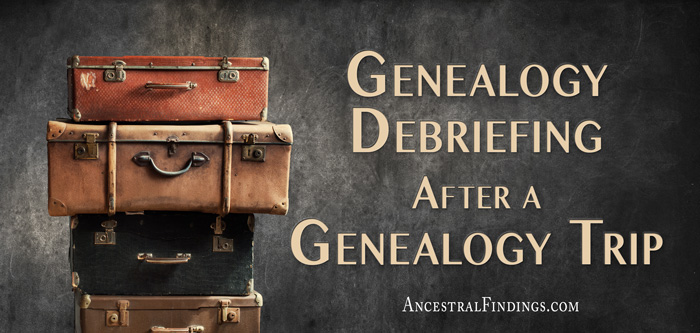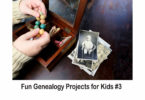It seems like kids these days just are not interested in the past. That is a shame, because they have so much to learn from it. Plus, as genealogists, we know that learning about one’s family history can be a wonderful adventure. We want our children and grandchildren to know that joy, as well. So how do you get children interested in genealogy, when all they seem to want to do is sit in front of the TV and play video games? Fortunately, the same things that worked on children generations ago still work today. It all comes down to making it fun and meaningful for them. Here are some powerful ways you can do just that and get your kids and grandkids to love genealogy as much as you do.
1. Tell Them Family History Stories and Make Them Exciting
Laura Ingalls Wilder’s Little House on the Prairie books have been popular with children for generations. These mostly true stories of a pioneer girl’s childhood still resonate with children today because they are exciting, with engaging characters, and intriguing plots involving the unique times and customs and language of days gone by. The first book in the series even has several stories within the story, which are tales about the author’s father’s childhood that he told her. The author loved these stories when she was little, and children today still love them. Why? Because they are told in a way that children find appealing.
You can do the same thing with your own family history stories. Tell them to your children and grandchildren, but make the people in them into interesting characters who are having amazing adventures. Don’t make the language too complicated. Talk to them in words they can understand and relate to. Tell them the stories again and again until they know them by heart, but don’t make it a chore. Make it a treat. Once they love the stories, give them history books of the time period in which your tales take place so they can attach the stories to the real world. This makes the stories more personal and meaningful for them, which attaches them to the stories even more.
2. Take Them on Trips to the Places You Talk About in Your Stories
Kids love to travel. Make their travel even more meaningful by taking them to the places you talk about in the family history stories you have been telling them. If you have been to these places yourself in the past, you can give them a real “insider’s” tour. Showing them where actual events from your story took place, mentioning who was associated with those places and telling the story again in the place it happened is like taking a child right into a storybook.
If you have never been to the place before, you can have fun exploring it together and working out where certain things in your stories took place. Give your child or grandchild the opportunity to figure out some things for him or herself to make it even more thrilling for them. They will always remember the trip, the family stories associated with it, and will be proud of their heritage because they can actually see it in a tangible way.
3. Show Them Artifacts of Their Ancestors
If you have family heirlooms associated with the stories you tell, show these to your children. Let them handle them if it is possible to do so without damaging the item. If you don’t have heirlooms, but know of items associated with famous ancestors that are in museums, go there with your children and look at those (just make sure you’ve told them the story associated with these things first). If there is nothing else available to you, census records are a good way to show your children the names of the ancestors in your stories, so they can see they were recorded in official documents and were real people. This way of letting your children “touch” the things your ancestors in your family history stories left behind will make them even more interested in these stories, the people in them, and how they are connected to them.
4. Fill Out a Family Tree With Your Children
Once your children know the family history stories and have connected with them in all kinds of personal ways, fill out a family tree chart with them. Start with the child or children as the beginning people on the tree, then go backward in time as far as you can on the paper or with your knowledge of the family tree. This way, your children will be able to see where they fit into the family, among the people whose stories they know so well.
It’s easier to get kids interested in genealogy than you think. All you have to do is make it exciting and meaningful for them. Use the techniques of Laura Ingalls Wilder and the tips listed here, and you will be raising the next generation of genealogists in your family.





